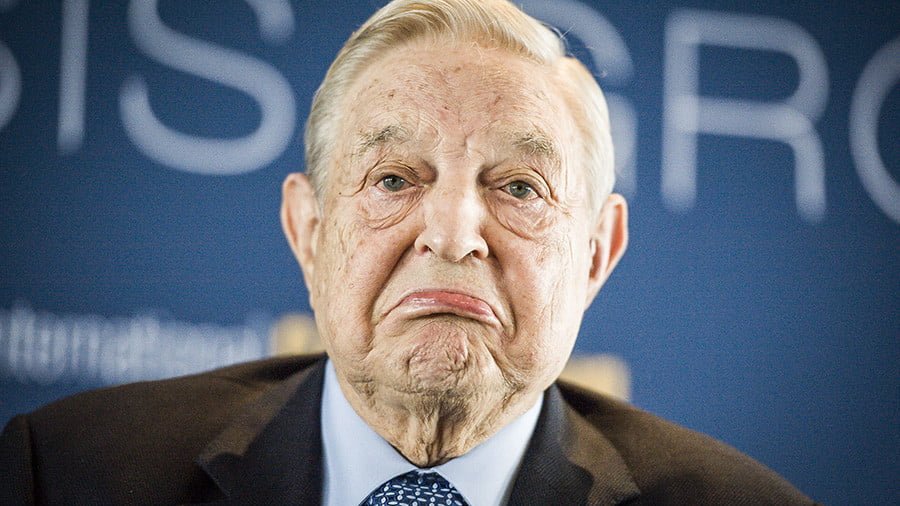What the United States Is Actually Doing in Afghanistan
Just recently, Jeff Davis a Pentagon spokesman has told Reuters that the US is evaluating the option of sending another 4,000 servicemen to Afghanistan..
At the same time, the former Vice Chief of Staff of the United States Army and a retired four-star general Jack Keane would describe the 16-year-long US military campaign in Afghanistan as “a shame,” noting that an additional force of another four thousand men will men will not change the situation in the country. The retired four-star is convinced there’s no sense in doing anything that won’t tip the scales in Washington’s favor, so the Pentagon must send at least 10-20 thousand men if he wants to address the situation, noted the former Vice Chief of Staff.
One can recall that the US military aggression against began on October 7, 2001, back then it was described a response to the terrorist attacks of 9/11. At the peak of the US military campaign in Afghanistan, the number of US troops deployed in the country was reaching 100 thousand people, this is a combined armed force of 20 brigades with all weapons and equipment – that’s a huge force.
Originally it was planned that the US and NATO forces will put an end to Afghan extremists within a short period of time, while establishing a new order in the country. Sixteen years have passed since the day when this plan was announced, but little has changed in Afghanistan. The Taliban even though it has lost power, managed to retain it combat potential and switched to guerrilla warfare. To make the matters worse, a couple of years ago ISIS started its own operations across the country.
It’s hardly a secret that the US invasion of Afghanistan led to chaos and the destruction of the regional security paradigm.
But has Washington achieved by launching a war that is being waged for almost two decades?
Americans spent almost a trillion dollars on bombing deserted areas and mountain passes and lost almost 3.5 thousand troops. In the process a total of 20 thousand civilians was killed. Only according to official reports, that are pretty inaccurate to begin with, more than 670,000 Afghans left their homes in 2016. American drones launch strikes against everything that moves. As for the US military personnel and it allies, they move from the shelter to another exclusively in armored vehicles that are being assembled in huge convoys. American military bases outwardly resemble besieged fortresses of the Middle Ages.
Last May, Special Inspector General for Afghanistan Reconstruction, John F. Sopko provided the US Congress with a report on the situation in that country, which has provoked a shock on the Capitol Hill. In particular, the report shows that the entire Afghan policy of the US, that centered around the notion that Washington must create a capable national administration and army, has resulted in a failure. However, it is unlikely that anyone is going to be surprised outside Washington, since we most of us remember similar Washington’s failures in it attempts to create an comprehensive Iraqi statehood and a capable Syrian opposition.
But the extent of Afghan failure shocked even the US Congressmen and Senators that seem to be accustomed to all sorts of failures. After sixteen years of continuous war, Afghanistan remains plunged in a bloody conflict with shockingly high losses being suffered by the security forces and civilian population
The US army is also suffering losses, but they are not being inflicted by the Taliban. Instead the lives of US servicemen are being lost to the illiteracy and incompetence of the so-called Afghan “army”, that was raised by American instructors. Among the recent cases – the deaths of two US special forces operatives and the injury of yet another one – and this is just one instance of a friendly fire case that the Pentagon had to officially acknowledge.
Last April, the US Air Force dropped an Massive Ordnance Air Blast bomb that is also often being reffered to as the “mother of all bombs” to destroy a small facility in the Nangarhar Province.
Judging by the fact that neither the Pentagon, nor the Taliban, nor Kabul, nor ISIS commented in any way the deployment of one of the most powerful non-nuclear charges, one can qualify this event as a routine test of the US military equipment, while the propaganda campaign that followed this case across the US was aimed at persuading the most illiterate part of the US population that Washington is making major achievements in the so-called War on Terror.
Afghanistan remains the world’s largest producer of drugs, in fact – it’s a monopolist that is producing about 80% of all heroin on the black market. The production of heroin in Afghanistan has increased by 50 times since the US invasion of Afghanistan! Colombian and Mexican drug cartels against these production rates is nothing but a colorful cardboard decoration for Hollywood films about brave police officers fighting crime. It is curious that when the Taliban came to power over twenty years ago, it managed to suppress the absolute majority of drug producers across the country with cruel measures. However, after the US invasion of Afghanistan, drug lords came back to grace, bribing corrupted officials that Washington hired. According to the United Nations Office on Drugs and Crime (UNODC), the potential gross value of opium trade reaches 1.56 billion dollars, or 7.4% of Afghanistan’s GDP.
After the tough discussions inside the US National Security Office, the White House representatives have unofficially announced that it’s time for a new strategy in the Afghan war. And although Trump himself during his election campaign was advocating the return of American troops, Afghan heroin is still an American problem.
According to representatives of the Trump administration, the proposed “new strategy in Afghanistan” will link the US goals with the success of President Ashraf Ghani Ahmadzai’s ambitious plan, which envisages the rebuilding of the government and the consequent return the territory controlled by the Taliban. At the same time, the strategy is aimed at reaching a peace agreement with the Taliban, but from a position of strength and military pressure to force it into the negotiation process.
And guess what, the new strategy, according to Trump’s people, is not cheap. Washington is planning to spend at least 23 billion a year to support various initiatives in Afghanistan, spending those funds on the maintenance of the Afghan police and armed forces, along the financing of police and special forces tasked with combating corruption.
It is very important that the new strategy will be completely detached from the approach of the former US President Barack Obama to establish deadlines for the withdrawal of US troops. Instead, US servicemen will be sent in combat once again.
So, apparently, the longest military campaign in the history of the US is just beginning, because heroin is expensive and its commercialization is beneficial not only to the Afghan drug barons, but also certain “dealers” in the United States.
As for the “new strategy” in Afghanistan, it goes without saying that Washington will force American taxpayers to pay.
By Jean Périer
Source: New Eastern Outlook







